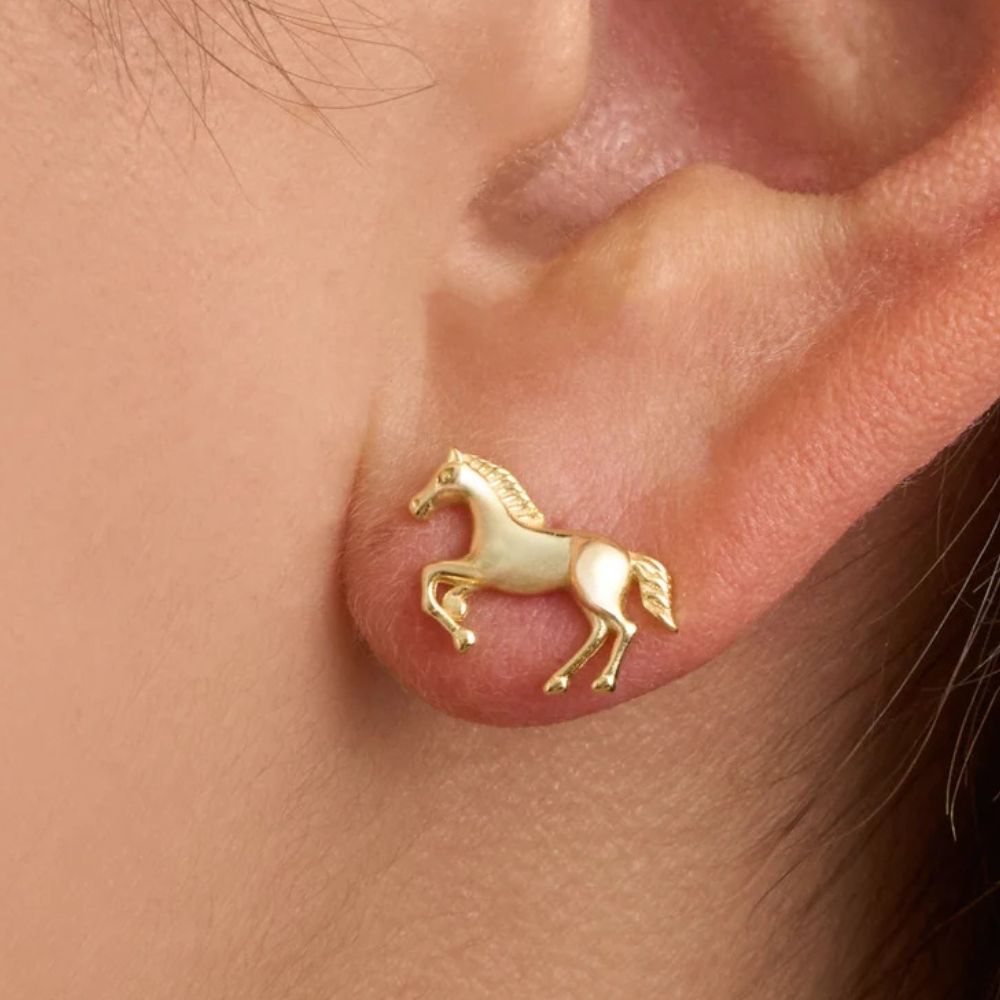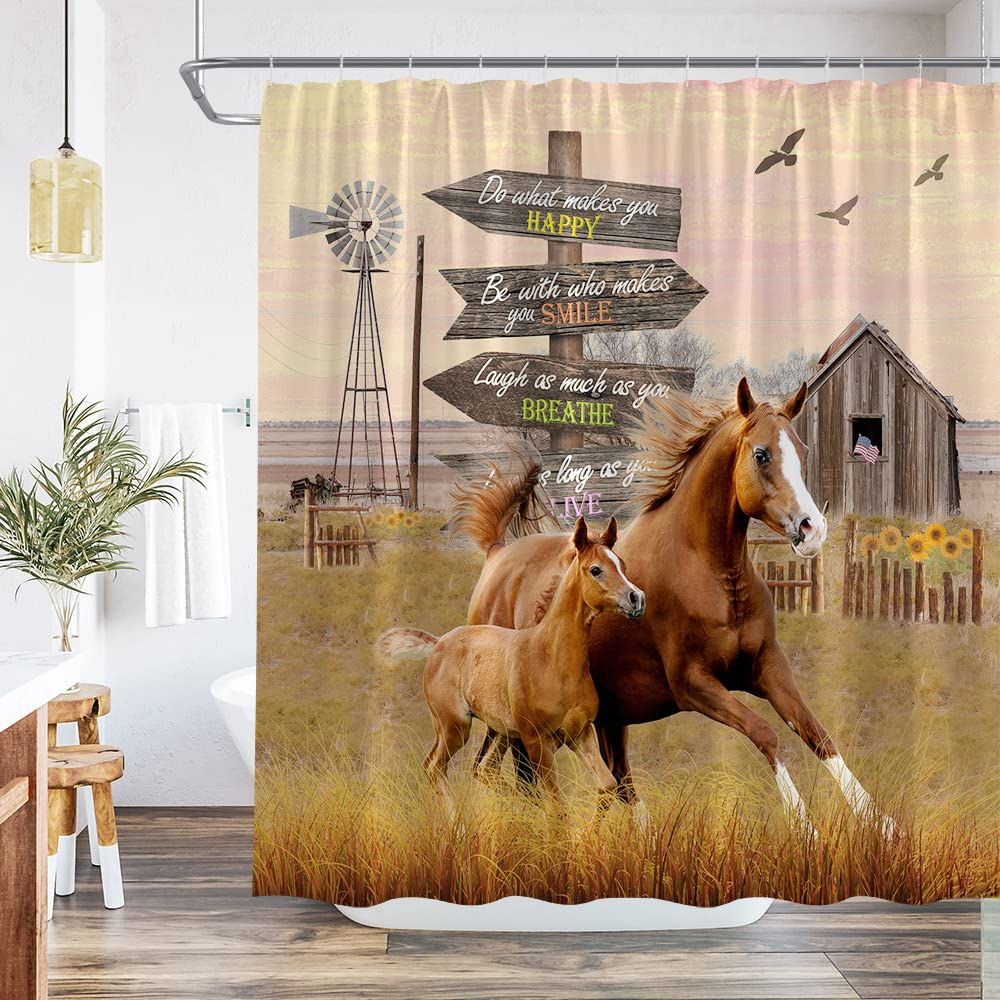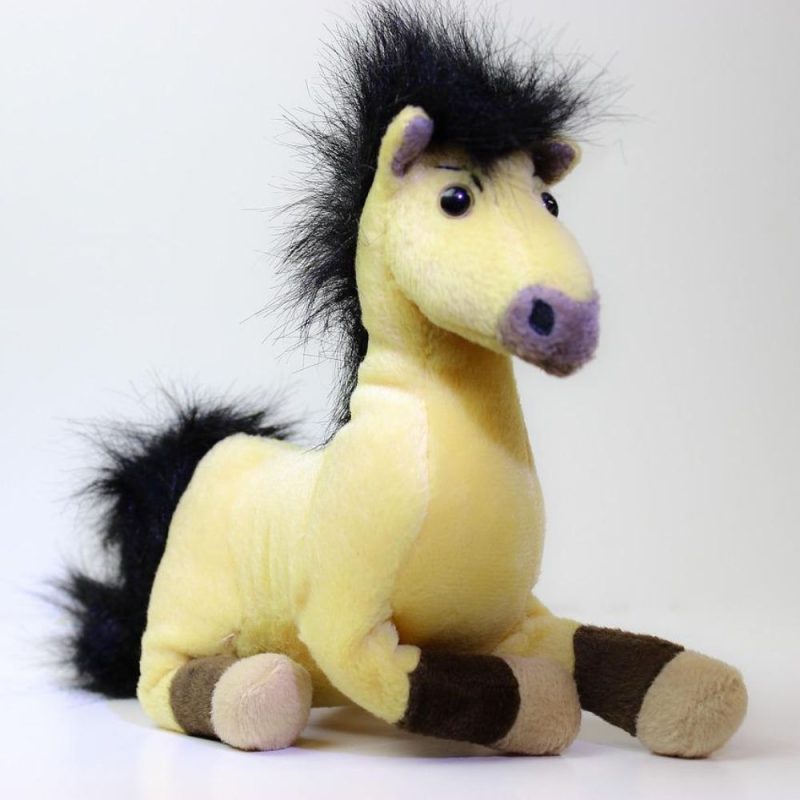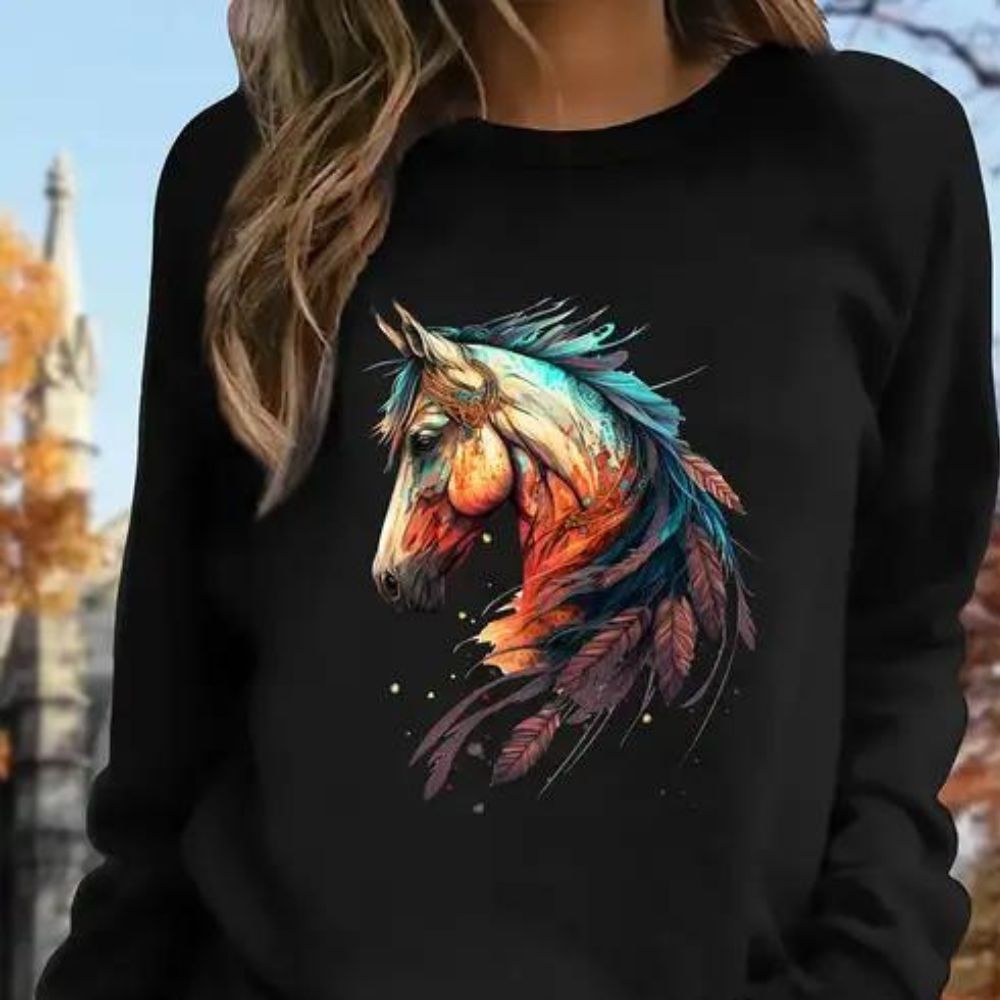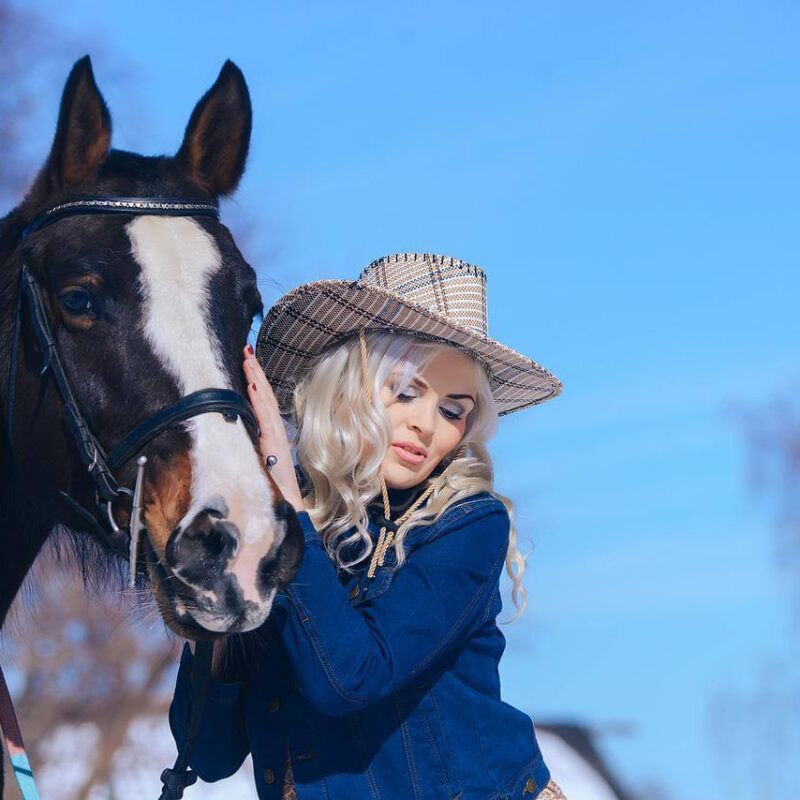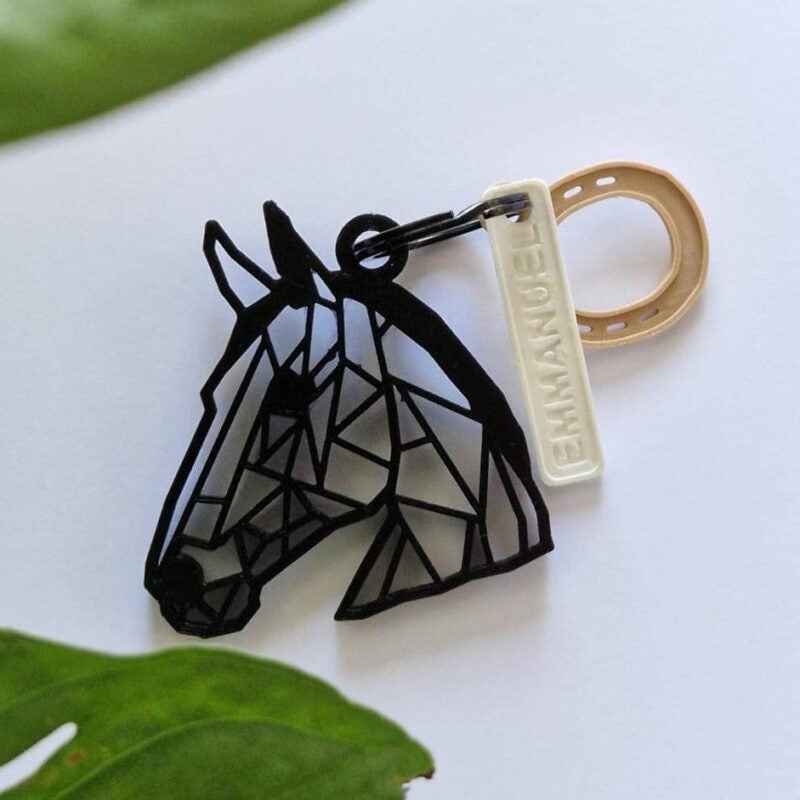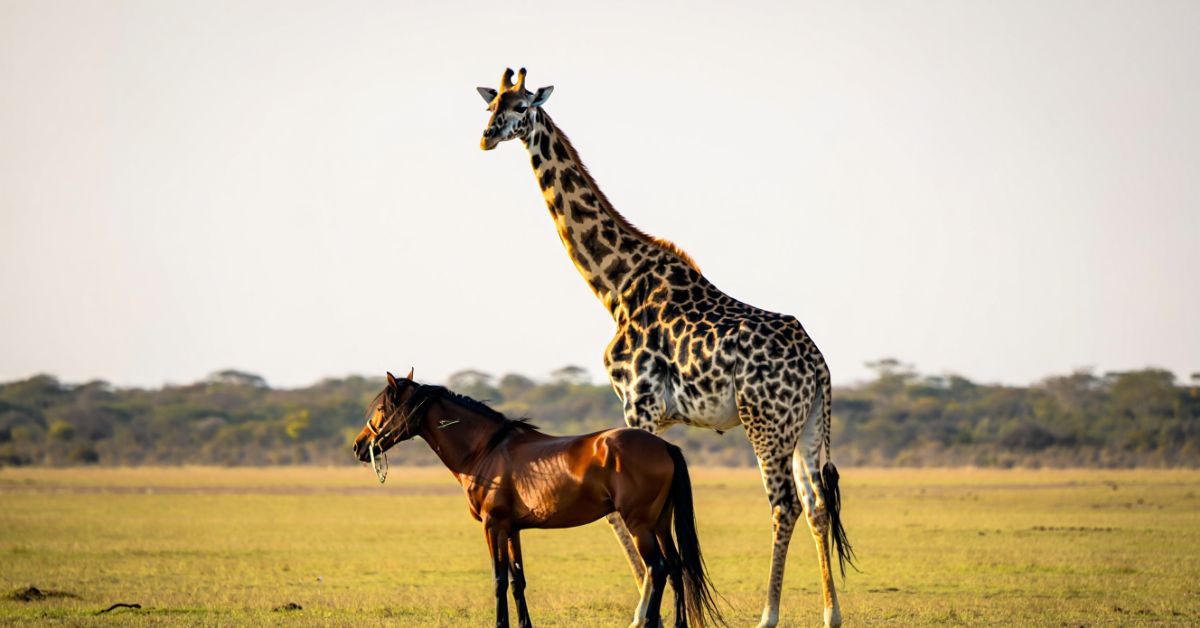
Is a Giraffe a Horse? The Surprising Truth About These Majestic Animals
Is a giraffe a horse? This question might seem unusual, but it's more common than you'd think! The simple answer is no – giraffes are not horses, despite some superficial similarities that might confuse casual observers. While both animals are magnificent mammals that capture our imagination, they belong to completely different taxonomic families and evolutionary paths.
Giraffe vs horse comparisons reveal fascinating differences in animal kingdom classification, anatomy, and behavior. Giraffes (scientifically known as Giraffa camelopardalis) are the world's tallest mammals, belonging to the Artiodactyla order as even-toed ungulates. Horses (Equus ferus caballus) belong to the Perissodactyla order as odd-toed ungulates. Understanding these taxonomic differences helps us appreciate both species' unique evolutionary journeys and physical characteristics.
As horse enthusiasts who understand the beauty of equine grace, exploring these mammal comparisons deepens our appreciation for the diverse animal kingdom. At Dream Horse, we celebrate all magnificent creatures that inspire equestrian passion, from the elegant horses we adore to the towering giraffes that spark our curiosity about nature's incredible diversity.
Chapter 1: Understanding Animal Classification - The Science Behind the Difference
The Foundation of Taxonomic Systems
Animal kingdom classification provides the framework for understanding why giraffes and horses are fundamentally different creatures. Both animals are mammals, but their evolutionary paths diverged millions of years ago, creating distinct family trees that tell fascinating stories of adaptation and survival.
The scientific classification system, developed by Carl Linnaeus in the 18th century, organizes life forms based on shared characteristics and evolutionary relationships. When we examine giraffe classification versus horse classification, we discover they're as different as cats and dogs – literally belonging to separate orders within the mammalian class.
Breaking Down the Taxonomic Hierarchy
Giraffes belong to the Giraffidae family, which includes only giraffes and their closest relatives, okapis. Their scientific name, Giraffa camelopardalis, reflects their unique position in the ungulate family. The taxonomy of giraffes places them firmly in the Artiodactyla order, meaning they're even-toed ungulates – animals with an even number of toes on each foot.
Horses, conversely, represent the Equidae family and carry the scientific name Equus ferus caballus. The taxonomy of horses classifies them in the Perissodactyla order, making them odd-toed ungulates. This fundamental difference in toe structure reflects millions of years of separate evolution.
The Ungulate Connection
While both animals are ungulates (hoofed mammals), the distinction between odd-toed vs even-toed ungulates is crucial for understanding their relationship. Horses possess a single toe (hoof) on each foot, while giraffes have two toes, creating their characteristic split hooves. This difference emerged approximately 55 million years ago when these mammalian lineages first diverged.
The evolutionary timeline shows that horse evolution and giraffe evolution represent separate adaptive strategies. Horses evolved for speed and endurance across plains, developing their distinctive single-hoof structure for efficient running. Giraffes evolved for height and reach, developing long necks and legs to access food sources unavailable to other herbivores.
➤ Also Read: What Are Shivers in Horses: Understanding This Neurological Condition
Chapter 2: Physical Characteristics and Anatomical Differences
The Most Obvious Distinctions
The physical differences between giraffes and horses are immediately apparent to any observer. Giraffe characteristics include their iconic long necks, towering height (reaching up to 18 feet), and distinctive spotted coat patterns. Adult giraffes can weigh between 1,750-2,800 pounds, with males significantly larger than females.
Horse characteristics showcase a completely different body plan optimized for different functions. Horses typically stand 14-17 hands high (56-68 inches), weighing 900-2,000 pounds depending on breed. Their compact, muscular bodies demonstrate millions of years of evolution for speed, agility, and endurance – qualities that have made them invaluable partners to humans throughout history.
Neck Anatomy: A Study in Contrasts
Giraffe neck anatomy represents one of nature's most remarkable adaptations. Despite their extraordinary length, giraffes possess the same number of cervical vertebrae as horses – seven – but each vertebra can measure up to 10 inches long. This anatomical marvel allows giraffes to reach acacia leaves 20 feet above ground while maintaining structural integrity.
Horse neck anatomy reflects different evolutionary pressures. Equine necks are proportionate to body size, providing balance during locomotion and enabling efficient grazing patterns. The muscular development in horse necks supports their heads during various gaits, from walking to galloping, demonstrating perfect adaptation to their ecological niche.
Locomotion and Movement Patterns
Giraffe locomotion appears almost otherworldly compared to familiar horse gaits. Giraffes move both legs on one side simultaneously during walking, creating a distinctive swaying motion called "pacing." Their galloping speed can reach 35 mph over short distances, though their usual pace is a leisurely 10 mph walk.
Horse locomotion showcases the refined movement patterns that have captivated humans for millennia. From the four-beat walk to the two-beat trot, three-beat canter, and four-beat gallop, horses demonstrate remarkable athletic ability. Racing horses can sustain speeds exceeding 40 mph, with some breeds capable of brief sprints approaching 55 mph.
The biomechanical differences between these species highlight their evolutionary specializations. Giraffes developed for browsing efficiency, while horses evolved for sustained movement across varied terrains.
Chapter 3: Evolutionary History and Genetic Relationships
Understanding the evolutionary links between different mammalian species helps clarify the question "are giraffes related to horses?" While both animals share common mammalian ancestors, their evolutionary paths diverged approximately 95 million years ago during the Cretaceous period.
Tracing Ancient Lineages
Giraffe evolution began with much smaller ancestors that gradually developed longer necks and legs through natural selection. The earliest giraffe ancestors appeared around 25 million years ago in Eurasia, eventually migrating to Africa where modern giraffe species evolved. Fossil evidence suggests that giraffes once had much greater diversity, with some extinct species possessing massive, elk-like antlers.
Horse evolution tells a dramatically different story, beginning with the dog-sized Eohippus approximately 55 million years ago. Through gradual adaptation, these early equids developed larger size, reduced toe numbers, and specialized teeth for grassland grazing. The horse family tree includes various extinct species like three-toed horses and giant horses, showcasing evolution's experimental nature.
Genetic Analysis Reveals the Truth
Modern genetic research confirms that giraffes and horses belong to entirely separate mammalian superorders. DNA analysis places giraffes closer to deer, antelopes, and cattle, while horses share closer relationships with tapirs and rhinoceroses. The genetic relationship between giraffes and horses is extremely distant, comparable to the relationship between humans and lemurs.
Chromosome studies further emphasize these differences. Giraffes possess 30 chromosomes, while horses have 64 chromosomes, making hybridization biologically impossible. This genetic incompatibility definitively answers whether these species can be considered related in any meaningful biological sense.
Convergent Evolution and Similar Adaptations
Some superficial similarities between giraffes and horses result from convergent evolution – independent development of similar traits in response to comparable environmental pressures. Both species are large herbivorous mammals with excellent vision and hearing, adaptations necessary for detecting predators in open habitats.
However, these similarities are purely functional rather than indicating shared ancestry. Just as birds and bats independently evolved flight, giraffes and horses independently developed traits beneficial for their respective ecological niches.
Chapter 4: Habitat, Diet, and Lifestyle Comparisons
Natural Habitats and Distribution
Giraffe habitat is exclusively African, primarily concentrated in savannas, woodlands, and grasslands across sub-Saharan Africa. Wild giraffes prefer areas with scattered acacia trees, which provide their primary food source. Their geographic distribution has unfortunately shrunk dramatically due to human encroachment, with populations now fragmented across protected areas and reserves.
Horse habitat originally encompassed vast grasslands across Europe, Asia, and North America. Wild horses (truly feral populations like Mustangs) now exist in limited areas, though domestic horses have adapted to virtually every climate and terrain type worldwide. This adaptability has made horses one of humanity's most successful domesticated partners.
Dietary Preferences and Feeding Behavior
The giraffe diet consists almost exclusively of acacia leaves, though they occasionally consume other tree species, fruits, and seed pods. An adult giraffe consumes 75 pounds of vegetation daily, using their 18-inch tongues and tough lips to strip leaves from thorny branches. Their specialized digestive system efficiently processes these fibrous materials through a four-chambered stomach similar to cattle.
The horse diet in natural conditions centers on grasses and herbs, making them primarily grazers rather than browsers like giraffes. Horses possess continuously growing teeth designed for grinding tough grass fibers. Their single-chambered stomach, though smaller relative to body size than ruminants, efficiently processes high-fiber vegetation through extended chewing and bacterial fermentation.
Social Structure and Behavior
Giraffe social behavior involves loose, fluid group structures called towers, typically consisting of 10-20 individuals. Female giraffes form nursery groups for raising young, while males engage in spectacular "necking" contests to establish dominance hierarchies. These gentle giants communicate through infrasonic calls below human hearing range.
Horse social structure revolves around family bands led by a dominant stallion protecting several mares and their offspring. Wild horse behavior demonstrates complex social intelligence, with established hierarchies, mutual grooming relationships, and coordinated responses to predators. This social complexity contributed to their successful domestication approximately 6,000 years ago.
Chapter 5: Common Misconceptions and Educational Insights
Debunking Popular Myths
Misconceptions about giraffes often stem from their unusual appearance and limited media representation. Many people incorrectly assume giraffes are closely related to horses due to their four-legged mammalian structure, but this represents a fundamental misunderstanding of taxonomic relationships.
Similarly, misconceptions about horses include beliefs about their intelligence, emotional capacity, and physical capabilities. While horses are indeed intelligent and sensitive animals, they're not related to giraffes any more than they're related to elephants or whales.
Educational Value for Equestrian Enthusiasts
Understanding these mammal comparisons enhances our appreciation for the unique qualities that make horses special. As equestrian enthusiasts, recognizing how horse evolution produced the perfect partnership animals helps us better understand and care for these remarkable creatures.
The comparison also highlights why horses have been so successful as human companions. Their social intelligence, physical adaptability, and emotional sensitivity represent evolutionary traits specifically suited for herd cooperation – traits that translate beautifully to human-horse partnerships.
Scientific Literacy and Critical Thinking
Exploring questions like "is a giraffe a horse?" develops scientific literacy and critical thinking skills. By understanding biological classification systems, we become better equipped to evaluate information and avoid common misconceptions about the natural world.
This knowledge also enhances our appreciation for biodiversity and conservation efforts. Understanding that giraffes and horses represent unique evolutionary achievements emphasizes the importance of protecting both species and their habitats for future generations.
Frequently Asked Questions About Giraffes and Horses
Are giraffes and horses related at all?
Giraffes and horses share a common mammalian ancestor but diverged approximately 95 million years ago. They belong to different taxonomic orders – giraffes are even-toed ungulates while horses are odd-toed ungulates. Their genetic relationship is extremely distant, comparable to the relationship between humans and lemurs.
Why do people think giraffes might be horses?
Common misconceptions arise because both animals are large, four-legged mammals with similar body plans. However, their physical similarities result from convergent evolution rather than shared ancestry. Both species independently developed traits beneficial for surviving as large herbivores, creating superficial resemblances.
What's the main difference between giraffe and horse classification?
The fundamental difference lies in their taxonomic classification. Giraffes (Giraffa camelopardalis) belong to the Artiodactyla order as even-toed ungulates, while horses (Equus ferus caballus) belong to the Perissodactyla order as odd-toed ungulates. This classification reflects millions of years of separate evolutionary development.
Can giraffes and horses live in the same habitats?
Giraffe habitat requirements differ significantly from horse habitat needs. Giraffes require tall acacia trees for browsing, while horses need grasslands for grazing. Though both species are African natives (wild horses), their dietary preferences and behavioral adaptations suit different ecological niches.
How do giraffe and horse anatomies compare?
Giraffe anatomy facts highlight their specialization for height and reach, featuring proportionally longer necks, legs, and tongues. Horse anatomy facts showcase adaptations for speed and endurance, including powerful hindquarters, efficient cardiovascular systems, and specialized hoof structures. These anatomical differences reflect their distinct evolutionary paths and ecological roles.
Express your passion for magnificent animals with Dream Horse's exquisite equestrian jewelry and accessories. Our collections celebrate the grace and power of horses while honoring the natural world's incredible diversity. Explore our gifts for horse lovers and discover pieces that truly capture your equestrian spirit.










